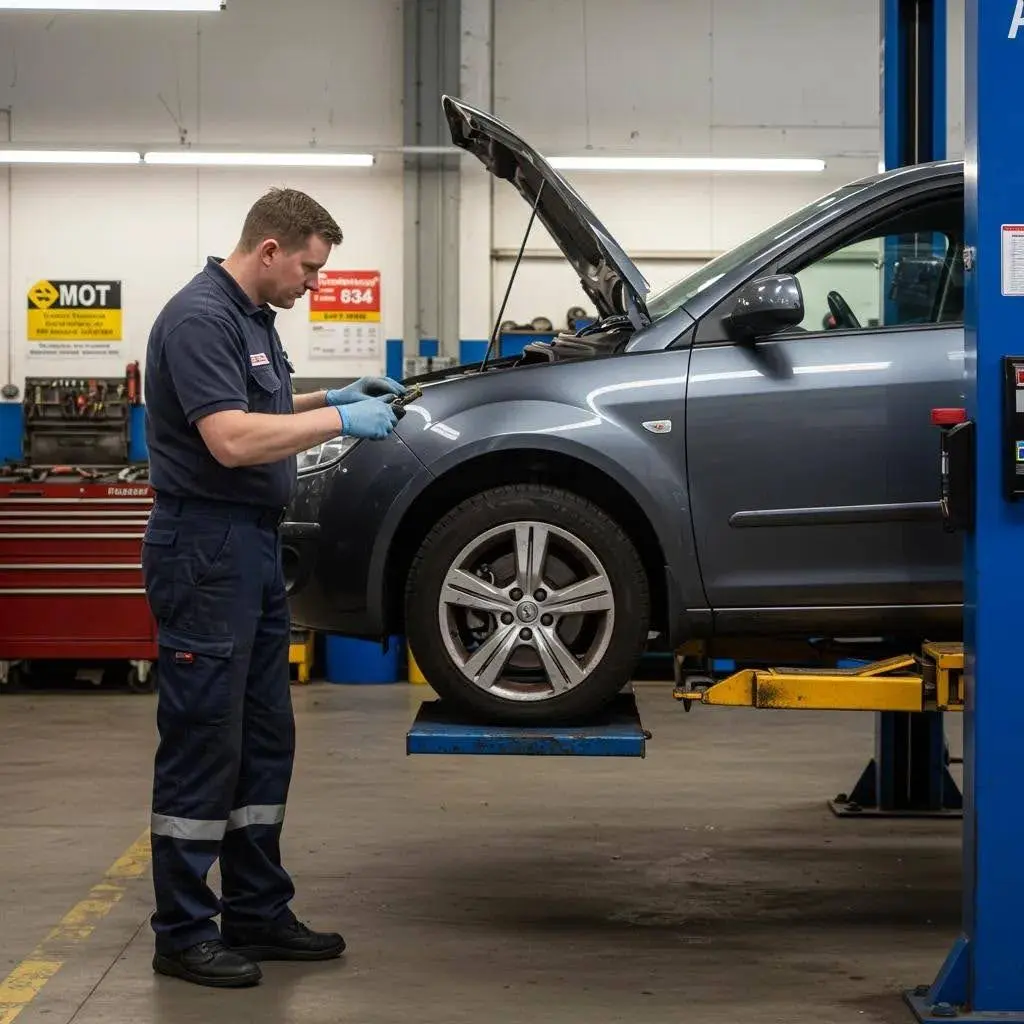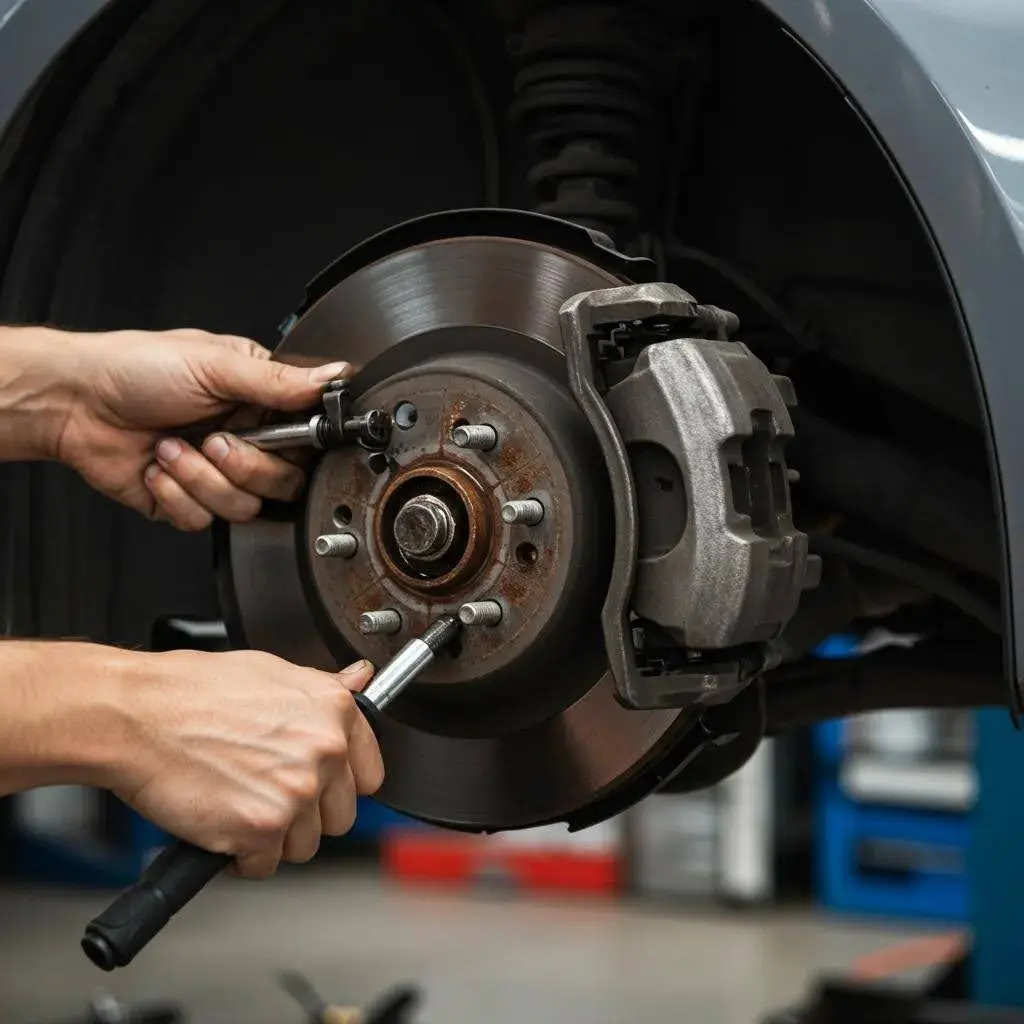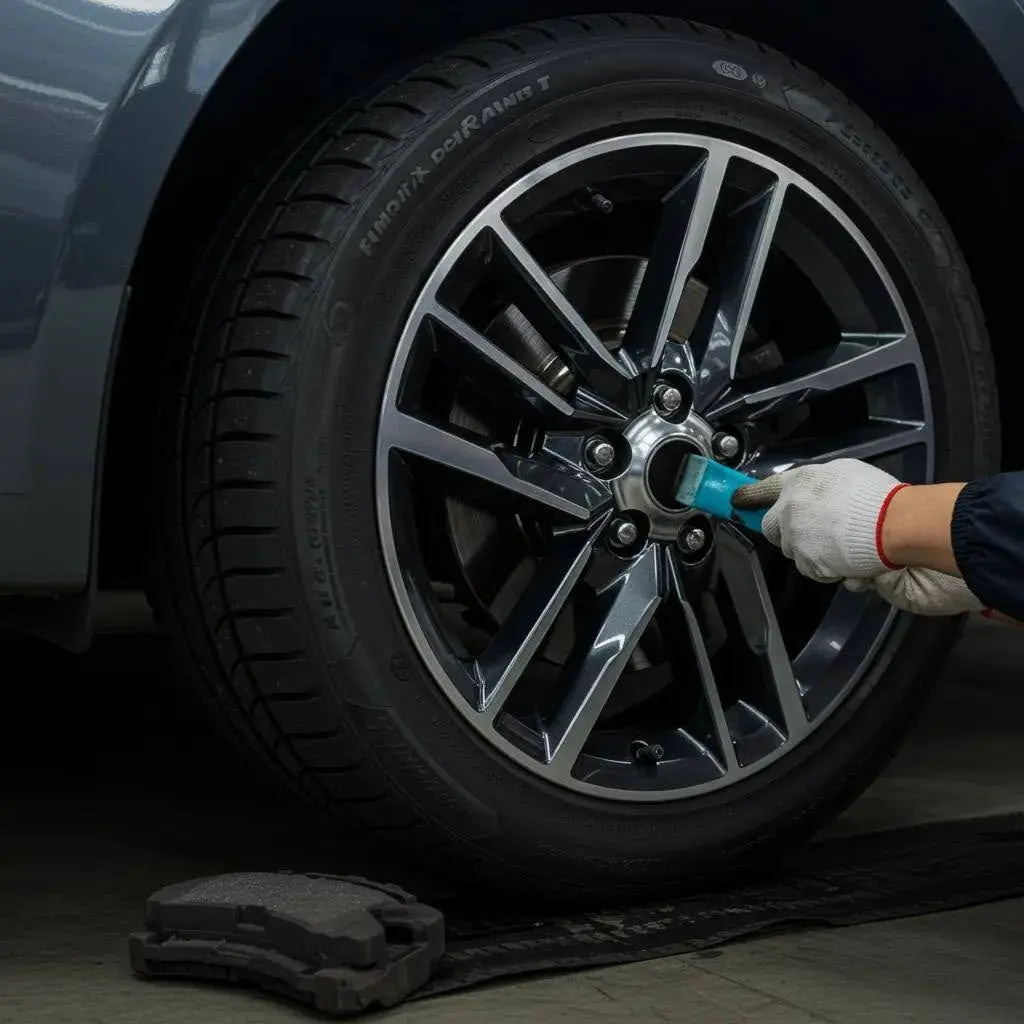
Many avoidable MOT failures involve lights, tyres, and wipers. A Class 4 MOT is the annual Ministry of Transport check for cars, light vans, and similar vehicles. It ensures brakes, lights, steering, suspension, emissions, and safety systems meet legal standards, keeping you compliant and safe on Kent’s roads.
This guide covers eligible vehicles, what the inspection involves, why it matters, how retests and costs work, booking options in Sittingbourne, FAQs, how it compares with other MOT classes, and pre-MOT checks to help you pass first time.
Vehicles Requiring a Class 4 MOT
Vehicles requiring a Class 4 MOT include standard passenger cars, small commercial vans, and specialist vehicles under 3,000 kg design gross weight (DGW) with up to eight seats. These checks confirm weight and seating compliance, so similar vehicles are regulated consistently.
Passenger Cars and Light Vans for Class 4 MOT
Most hatchbacks, saloons, estate cars, and light vans with a DGW up to 3,000 kg fall under Class 4. They’re built for personal or light commercial use and are checked to the same safety and emissions standards.
Motorhomes, Taxis, and Ambulances in Class 4 MOT
Motorhomes, licensed taxis, and ambulances with up to eight passenger seats are eligible for Class 4 tests. They combine car-like features with commercial needs, so safety standards remain high for families, passengers, and crews.
Class 4 MOT Vehicle Weight and Seating Limits
Key limits that determine Class 4 eligibility:
| Vehicle Type | Seating Capacity | Maximum Gross Weight |
|---|---|---|
| Passenger car | Up to 8 seats | ≤ 3,000 kg |
| Light van | 2–3 seats | ≤ 3,000 kg |
| Taxi/ambulance | up to 12 seat | ≤ 3,000 kg |
3-Wheeled and Dual-Purpose Vehicles in Class 4 MOT
Three-wheeled vehicles with an unladen weight over 450 kg and dual-purpose vehicles under 3,000 kg DGW also require Class 4 inspections. Even with different body styles, core safety systems like brakes, lights, and emissions mirror those of passenger cars.
Class 4 MOT Inspection Checklist

A Class 4 MOT inspection examines braking efficiency, lighting and electrical systems, steering and suspension, tyre and wheel condition, seat belts, exhaust emissions, and other safety components. This visual and mechanical check ensures your vehicle is roadworthy and environmentally compliant.
Brake Testing in a Class 4 MOT
Brake performance, measured for efficiency and force, is tested on all wheels. Inspectors assess deceleration, check pads, discs, and drums for wear, and verify hydraulic integrity to prevent underbraking or wheel lockup.
Lighting and Electrical System Checks
Headlights are checked for alignment; all exterior lights and warning indicators are tested for correct operation and electrical continuity. Proper lighting helps you see and be seen on dimly lit Kent roads, reducing accident risk.
Steering and Suspension Inspection
Inspectors examine steering linkages, ball joints, shock absorbers, and springs for wear, damage, or leaks. A stable suspension maintains tyre contact and precise control, especially during cornering and braking.
Tyre and Wheel Requirements for Class 4 MOT
Tyres must have a minimum tread depth of 1.6 mm across the central three-quarters of the tyre’s width and around its entire circumference. Wheels are inspected for damage, secure fitting, and correct alignment to prevent handling problems and potential blowouts.
Seat Belt and Safety Feature Assessment
Seat belt webbing, buckles, and mountings are checked for fraying, corrosion, and proper locking. Effective restraints are crucial for protecting occupants and are a legal requirement.
Exhaust System and Emissions Test
Exhaust components are inspected for leaks, corrosion, and damage, while emissions are measured to ensure regulatory compliance. A sound exhaust reduces pollutants and helps maintain engine performance.
Other Vehicle Parts Inspected
Inspectors assess the body structure, fuel system, mirrors, doors, vehicle identification number (VIN), registration plates, windscreen wipers and washers, and horn. This review covers key safety and legal compliance points before a certificate is issued.
Importance of Class 4 MOT for Vehicle Safety and Legal Compliance
Your annual Class 4 MOT test helps keep you, your passengers, and other road users safe by confirming critical systems work correctly. It also protects you from legal penalties and supports your vehicle’s long-term health.
MOT’s Role in Road Safety
By systematically testing essential components like brakes, steering, lights, and safety restraints, the MOT identifies potential faults that could lead to accidents. Addressing these issues before they become serious reduces the risk of collisions and roadside breakdowns.
Legal Requirements and Penalties for Missing an MOT
All vehicles older than three years must have a valid MOT certificate. Driving without one can lead to fines, penalty points on your licence, and invalid insurance cover. A valid MOT confirms your vehicle meets UK safety regulations.
Class 4 MOT and Vehicle Value Maintenance
A complete MOT history can enhance resale value by demonstrating regular maintenance and adherence to safety standards. Buyers are more confident with up-to-date certificates, knowing key systems have passed official inspection.
Class 4 MOT Retest Rules and Costs
Retests address failed items and bring your vehicle up to standard. Understanding free-retest conditions, fees, and time limits helps you manage follow-up inspections efficiently.
Free Retest Availability After Class 4 MOT Failure
A free retest is offered if all failed items are repaired at the same garage within ten working days of the original test. This encourages prompt repairs and avoids additional full-test charges.
Costs for Partial and Full Retests
| Retest Type | Condition | Fee (£) |
|---|---|---|
| Partial retest | Repairs on failed items only, within ten days | No charge |
| Full retest | Comprehensive retest after ten days or elsewhere | Standard MOT fee |
Time Limits for Class 4 MOT Retests
You have ten working days from the original test date to return for a free partial retest. After this, a full MOT retest fee applies, so schedule repairs promptly to avoid extra costs.
Booking a Class 4 MOT in Sittingbourne

Booking your MOT is straightforward via our online system, by phone, or at our local garage. We offer clear options and experienced technicians to make compliance simple.
Class 4 MOT Booking Options
- Book online anytime, selecting your preferred date and time in our secure system.
- Call our reception team to arrange your appointment over the phone.
- Visit our High Street workshop during opening hours for a walk-in booking.
MOT Test Centre Location in Sittingbourne
Our Sittingbourne MOT Test Center is on High Street in Sittingbourne, near the town centre. You’ll find parking, a comfortable waiting area, and professional staff ready to assist with inspections, repairs, and advice.
Preparing for Your Class 4 MOT Appointment
For most MOTs, you don’t need paperwork. Bring your V5C only for a first MOT or after a number plate change. Ensure the car is insured for the journey. Having recent maintenance records to hand can streamline the process and highlight any pre-inspection work.
Common Questions About Class 4 MOTs
Class 4 MOTs raise common questions about class differences, test duration, costs, and legal implications. Clear answers help you plan inspections and avoid unexpected issues.
Class 4 vs. Class 7 MOT Differences
| MOT Class | Vehicle Examples | Weight Range |
|---|---|---|
| Class 4 | Cars, small vans, motorhomes | Up to 3,000 kg |
| Class 7 | Large motorhomes, light trucks | 3,001–3,500 kg |
Class 4 MOT Costs in the UK
Class 4 MOT fees can vary slightly between garages, and are capped by regulation. Check our current price when booking; free retest eligibility may apply when repairs are completed within ten days at the same garage.
Driving Without a Valid Class 4 MOT
No, driving without a valid MOT certificate is against the law. You risk facing fines, accumulating penalty points, and having invalid insurance. Your vehicle must have a valid test certificate before it can be legally used on the road.
Class 4 MOT Failure Procedure
If your vehicle fails, you’ll receive a notice listing the items to repair. You then have ten working days to fix them at the same garage to qualify for a free partial retest. After this period, a full retest fee will be charged.
Class 4 MOT Comparison with Other Classes
Understanding the different MOT classes helps vehicle owners select the correct inspection for their specific vehicle type and weight.
Vehicles Covered by Class 7 MOT
Class 7 MOTs are for larger motorhomes and light commercial trucks weighing 3,001–3,500 kg. These heavier vehicles undergo additional checks, focusing on load-bearing capabilities and braking systems.
Choosing Between Class 4 and Class 7 MOT
Opt for a Class 4 MOT for standard passenger cars, light vans, and vehicles up to 3,000 kg. Choose Class 7 for vehicles over 3,000 kg and up to 3,500 kg, typically larger motorhomes and small trucks needing higher-capacity system checks.
Pre-MOT Checks for Class 4 MOT Success
Performing a quick pre-MOT check yourself can help you identify and fix minor issues before the official test, significantly boosting your chances of passing and potentially reducing repair costs.
Preparing Brakes and Tyres Before the MOT Test
- Check your tyre tread depth across the central three-quarters of the width and around the entire circumference.
- Inspect your tyre pressure and adjust it according to the manufacturer’s recommendations.
- Test your brake pedal for excessive travel and listen for any unusual noises or vibrations when braking.
Inspecting Lights and Safety Equipment
- Turn on all lights, headlights, indicators, brake lights, and hazard warning lights to ensure they are working.
- Examine your windscreen wipers and check the washer fluid level and nozzle spray for a clear view.
- Fasten all seat belts, check their locking mechanism, and inspect the webbing for any signs of wear or damage.
Benefits of a Pre-MOT Service
A pre-MOT service can identify worn parts, fluid leaks, or loose components before your official test. Addressing these issues early can save money by preventing emergency repairs, improve your vehicle’s safety, and increase the likelihood of passing on the first attempt.
A Class 4 MOT test ensures your vehicle meets required safety and environmental standards while protecting you from legal issues. By understanding eligibility, inspection details, retest procedures, and Sittingbourne booking options, you can manage compliance with confidence. Simple pre-MOT checks on brakes, tyres, and lights can improve your pass rate and support long-term reliability. Book your Class 4 MOT at our DVSA-approved car garage in Sittingbourne and drive with confidence.


